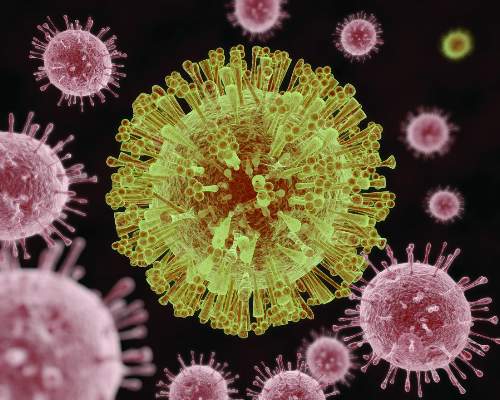FROM JAMA
Birth defects associated with the Zika virus occurred in 11% of completed pregnancies of mothers infected with the virus during the first trimester, based on data from the U.S. Zika Pregnancy Registry. The findings were published online in JAMA.
Based on preliminary findings from 442 completed pregnancies, 6% of fetuses or infants of women with possible Zika infections at any point during pregnancy had evidence of Zika-associated birth defects, as did 11% of infants or fetuses of women with possible Zika infections during the first trimester only, or during the first trimester and periconceptual period (JAMA. 2016 Dec 13. doi: 10.1001/jama.2016.19006 ).
“These findings support the importance of screening pregnant women for Zika virus exposure,” Margaret A. Honein, PhD, of the Centers for Disease Control and Prevention in Atlanta, and her colleagues wrote.
The researchers reviewed data from completed pregnancies in the continental U.S. and Hawaii from Jan. 15, 2016, to Sept. 22, 2016. The data were collected from state and local health departments through the U.S. Zika Pregnancy Registry.
Birth defects were reported in 26 cases; 16 of 271 asymptomatic women and 10 of 167 symptomatic women (approximately 6% of each group). The most common birth defects potentially associated with Zika were microcephaly and brain abnormalities (14 cases), 4 brain abnormalities without microcephaly, and 4 cases of microcephaly and no reported neuroimaging. Overall, microcephaly was present in 4% of completed pregnancies.
Other potentially Zika-related complications included intracranial calcifications, corpus callosum abnormalities, abnormal cortical formation, cerebral atrophy, ventriculomegaly, hydrocephaly, and cerebellar abnormalities, the researchers wrote.
The women ranged in age from 15 to 50 years, and the population included 395 live births (21 infants with birth defects) and 47 pregnancy losses (5 fetuses with birth defects).
“No birth defects were reported among the pregnancies with maternal symptoms or exposure only in the second trimester or third trimester,” the researchers noted, “but there are insufficient data to adequately estimate the proportion affected during these trimesters,” they wrote.
Long-term monitoring of infants with possible congenital Zika virus is essential, the researchers wrote, as some normocephalic infants develop adverse effects of the virus not present at birth.
“In addition, future observations can elucidate the possible role of Zika virus infection in other outcomes, including spontaneous abortions and stillbirths as well as other structural birth defects that are not currently part of the inclusion criteria for Zika-associated birth defects surveillance,” they noted.
The researchers reported having no financial disclosures.



